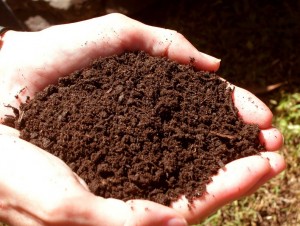The column is available in full here.
Some excerpts:

“Ploughing is the traditional method of preparing the land for sowing crops, used since about 1500 BC. This turning of the soil buries crop residues, animal manure and weeds, and also warms and aerates the soil. But, ploughing also leaves the soil susceptible to erosion by wind and water and leads to degradation of agricultural land, posing a global threat to food production and to rural livelihoods, particularly in densely populated developing counties.
“Earth is covered by a thin layer of topsoil, on average only about one metre deep. Healthy topsoil is a living matrix that houses a fantastically diverse community of biological organisms – bacteria, nitrogen-fixing fungi and earthworms. The earthworms tunnel through the soil, creating channels that provide aeration and their digestive tracts transform fine grains of sterile rock and plant detritus into fertile excrement.
“No-till minimises soil disruption. Crop residues are left on the fields after harvesting and this acts as a mulch protecting the soil from erosion and maintaining soil productivity. Seeds are sown using special machines that penetrate through the mulch to the undisturbed soil below, depositing the seeds there, where they germinate and surface as the new crop.”
• Professor Willaim Reville is associate professor of biochemistry and public awareness of science officer at UCC – www.understandingscience.ucc.ie